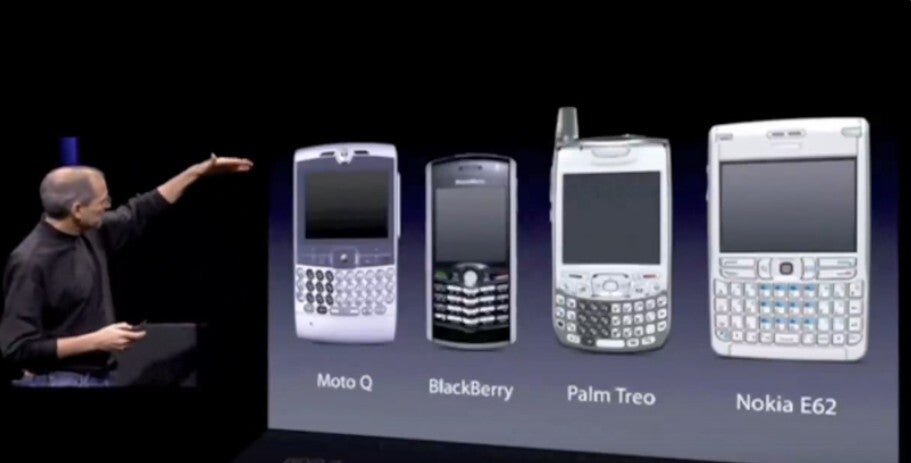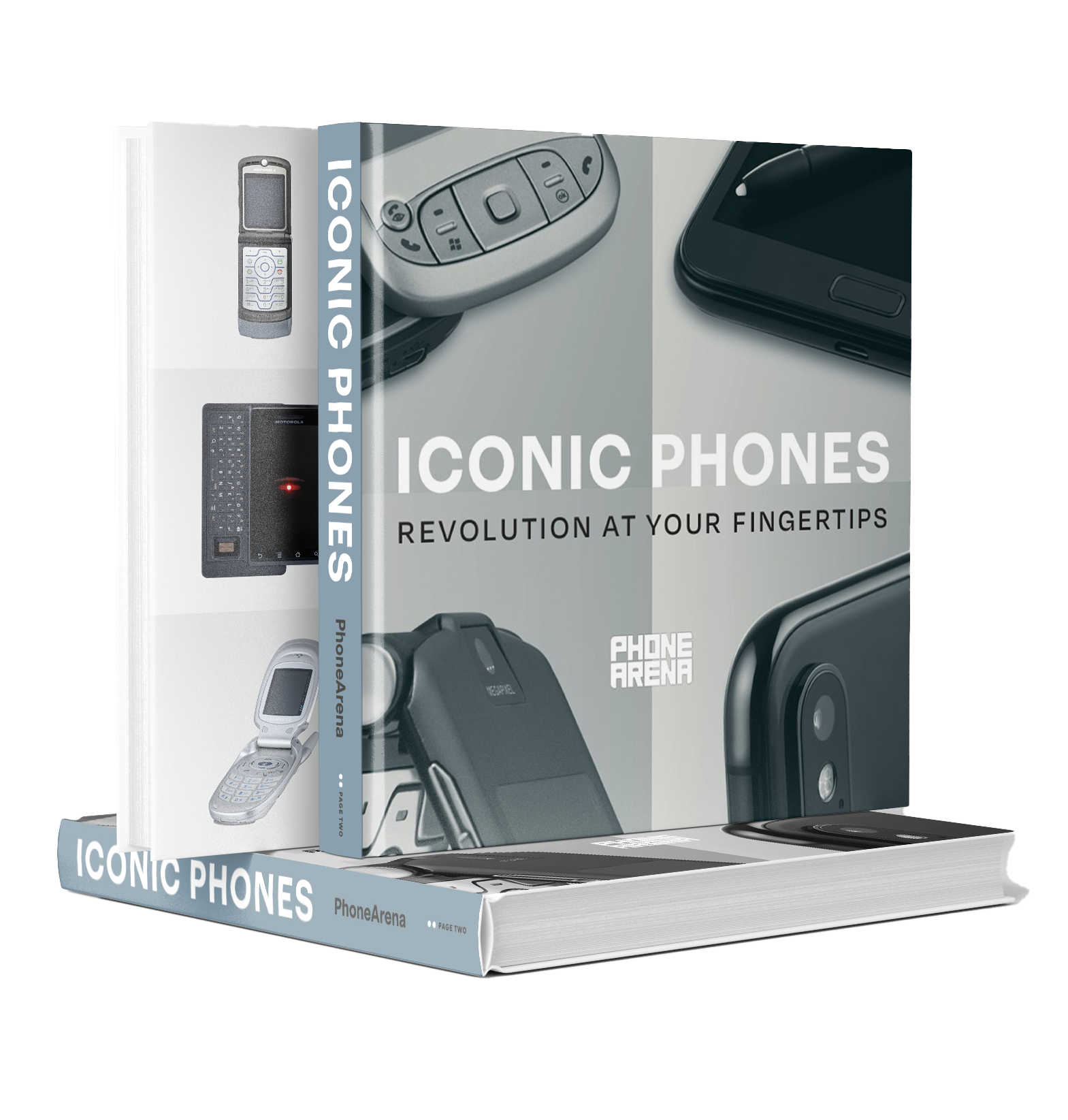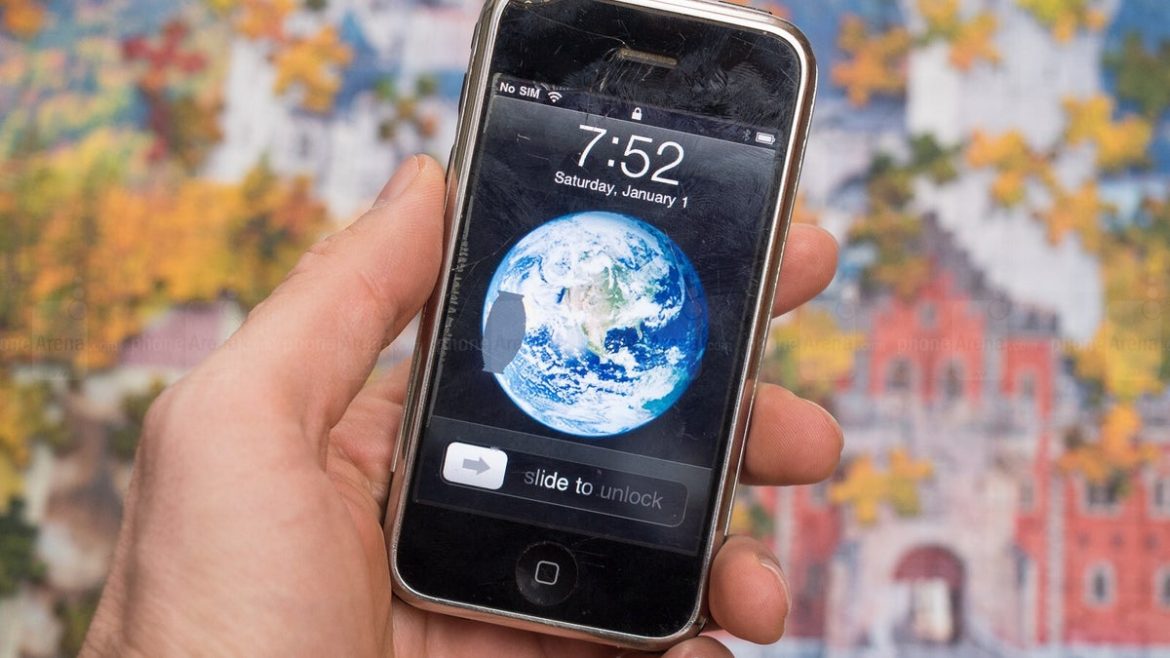The OG iPhone was prototyped with a plastic screen
Many have wondered whether Jobs knew exactly what he had in the iPhone. To say that the first touchscreen smartphone changed the world is an understatement. Just travel to a big city, like New York, and watch how most of the people walking the streets have their heads down, looking at their phones. The closest thing to the iPhone’s impact on this planet was how businesses embraced the BlackBerry two-way pager, and that isn’t even a close comparison.
The iPhone was originally going to use a plastic screen; the prototypes used one. But Jobs was incensed at the scratches that were created by objects-like keys-that were in a user’s pocket rubbing up against the phone. Jobs was now in a bind as he needed to find a company that could supply Apple with scratch-resistant glass for the first-generation iPhone.
Steve Jobs was looking for a firm to supply Apple with scratch-resistant glass
The response from Apple’s CEO was typical Jobs: “That’s the dumbest idea I’ve ever effing heard in my life,” he said. That is when Jobs realized that Corning might be able to solve the iPhone display problem Jobs had. But what Steve wanted was a huge ask. He needed the mass production of a scratch-resistant glass within six months which is when Apple promised the release of the iPhone in January 2007.
Weeks informed Jobs about a new material Corning had invented called Gorilla Glass, but Corning hadn’t yet invested in the facilities needed to produce Gorilla Glass at scale. Corning’s board of directors suggested that Weeks tell Jobs to find a second supplier since Corning couldn’t possibly fill Apple’s needs for Gorilla Glass by itself. Jobs told Weeks that Corning would do all of it and Weeks replied by telling Steve that there was no way that Corning could do it.
A moment that adds to the legend of Steve Jobs
That resulted in one of those moments that adds to Jobs’ legend. He asked Weeks if he knew what his problem was and the Corning CEO and president said he didn’t know. Jobs proceeded to tell him. “You’re afraid. You know, you’re afraid. I’m going to launch the biggest product in history, and I’m not going to be able to do it because you failed, and I’m going to eviscerate you.”


Steve Jobs puts down the “usual suspects” on January 7th, 2007, the day he unveiled the iPhone. | Image credit-Unknown
Jobs continued, “You are putting your reputation [first]. You’re worried about you looking bad, and you’re keeping your people from greatness. Imagine how they’re going to feel—the folks that are working in that plant in Harrodsburg, Kentucky, all your investors … you’re putting yourself above them and your company.” Weeks admitted that Jobs was right and Corning rebuilt its Cold War-era Harrodsburg, Kentucky facility and used it to produce the glass screens found on the original iPhone. The rest is history.
Apple has committed to the use of Corning’s U.S. produced cover glass for iPhone and Apple Watch
It’s funny how little things like Jobs comment to Weeks ended up creating a business for Corning that has generated billions of dollars of revenue for the company. Recalling the event, Weeks, said, “Most of us view risk as all the ways that that you personally can look like an idiot.” Steve Jobs, Weeks noted, “looks at things very straightforwardly and is damn fearless.”


“Iconic Phones” is coming this Fall!
Good news everyone! Over the past year we’ve been working on an exciting passion project of ours and we’re thrilled to announce it will be ready to release in just a few short months.
LEARN MORE AND SIGN UP FOR EARLY BIRD DISCOUNTS HERE
#Jobs #abrasive #nature #Corning #build #display #iPhone
